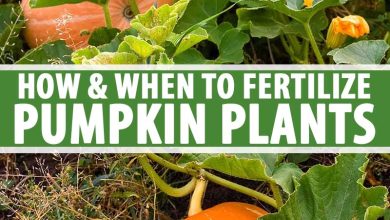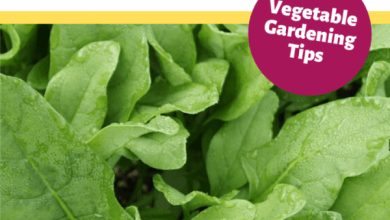Biodynamic Agriculture: What is it? Does it really work?
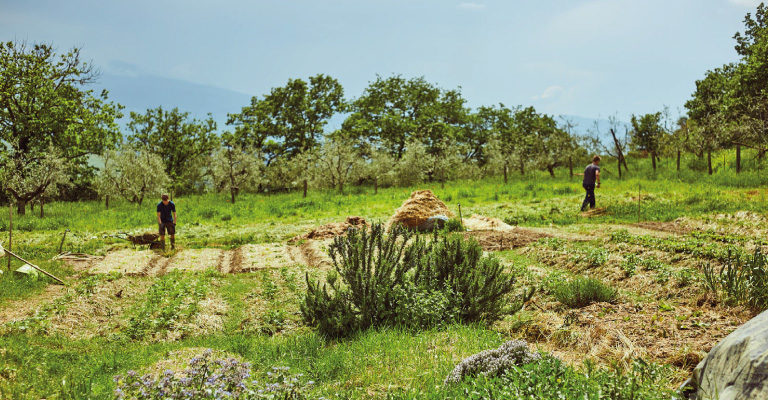
biodynamic agriculturepart of the idea of creating a system of interrelation between the three intervening elements:
- The plants.
- The ground.
- The animals that are part of the ecosystem.
Biodynamic agriculture is a form of alternative agriculture very similar to organic agriculture, but includes several esoteric concepts drawn from the ideas of Rudolf Steiner (1861-1925). Initially developed in 1924, it was the first of the organic farming movements.
It treats soil fertility, plant growth, and livestock care as ecologically interrelated tasks, emphasizing spiritual and mystical perspectives.
Biodynamics has much in common with other organic approaches: it emphasizes the use of manures and household organic matter such as compost, and excludes the use of synthetic (artificial) fertilizers, pesticides, and herbicides on soil and plants. Methods unique to the biodynamic approach include its treatment of animals, crops, and soil as a single system, an early emphasis on local production and distribution systems, its use of the traditional, and the development of new breeds and varieties. local.
Some methods use an astrological calendar of seeding and planting.
Biodynamic agriculture uses various herbal and mineral additives for manure and field sprays; these are prepared by methods more akin to sympathetic magic than agronomy, such as burying ground quartz stuffed into a cow’s horn, which is said to harvest ‘cosmic forces in the ground’.
What is biodynamic agriculture?
It is known as an agricultural production process that respects the cycles for crop creation, as well as the individual influence of each of the elements that make life within this system.
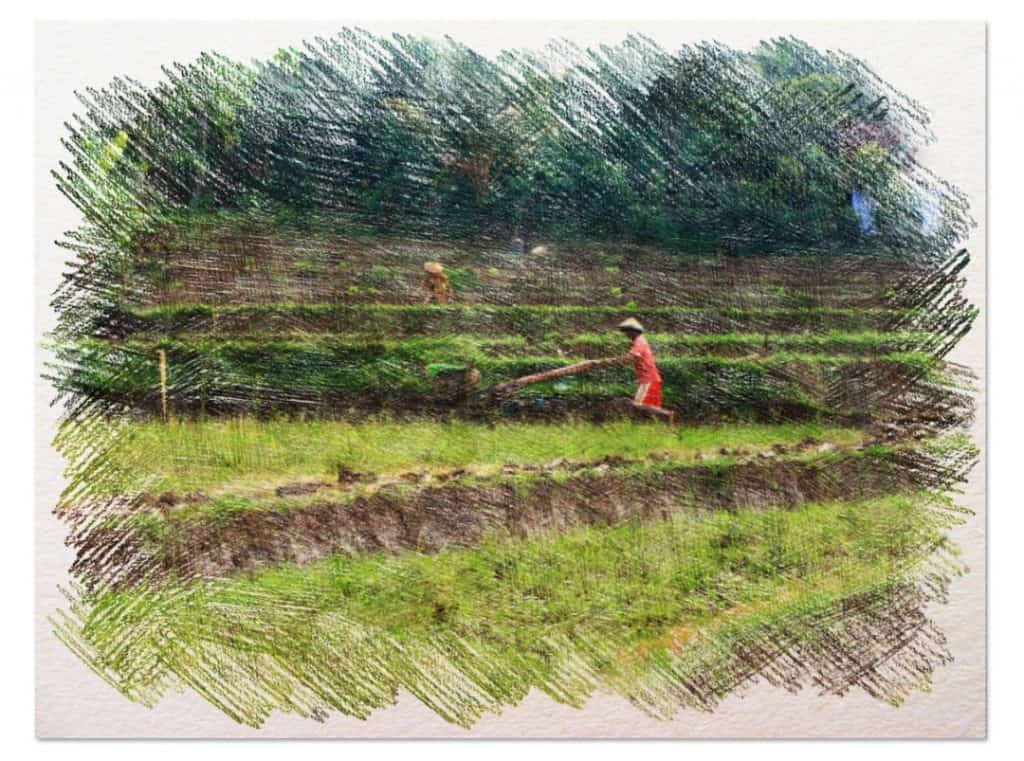 In biodynamic agriculture, all parties play a fundamental role and that is why special emphasis is placed on ensuring that everyone is in optimal conditions to offer high quality products.
In biodynamic agriculture, all parties play a fundamental role and that is why special emphasis is placed on ensuring that everyone is in optimal conditions to offer high quality products.
Because it is framed within organic farming, it is common that green manures are used in their work processes, attention is paid to soil care, how to attack pests, the planting method, among others.
How does biodynamic agriculture work?
One of the main precepts for the operation of biodynamic agriculture is the win-win assessment between man and the soil. It means that it is not based on an accelerated exploitation of resources.
If we stop to observe the origin of the word biodynamic, we can establish that the source of operation is based on the energy that moves life, since this is the method that nature has used individually to always provide us.
It is for this reason that we work according to a sowing calendar, where not only the characterization of the land and the cultivation times are taken into account, but also other aspects such as the influence of the moon, the stars and the heavenly bodies..
Biodynamic preparations and preparation of organic fertilizer
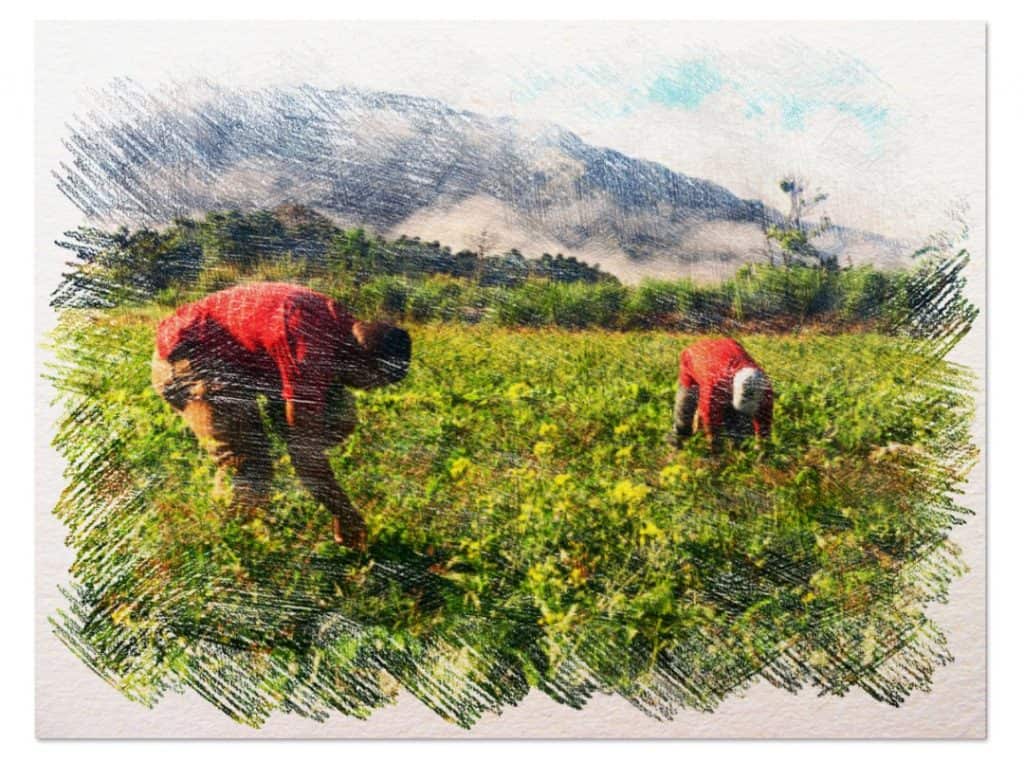 Because in biodynamic agriculture all the elements come together to obtain the results, it is logical to think that the products used to promote the nutrients of the soil also have a specific preparation process.
Because in biodynamic agriculture all the elements come together to obtain the results, it is logical to think that the products used to promote the nutrients of the soil also have a specific preparation process.
It is in this sense that it is so important to know the exact process for the use of biodynamic preparations, since they all have a use and function; as well as organic fertilizer.
To this end, Rudolf Steiner presented to those interested the 9 basic preparations to make the earth produce at its maximum capacity.
To classify them, he listed them from number 500 to 508 and we will see the details of each one below.
Dung in horn
Gets readywith cattle manurewhich is placed on cow’s horns during the autumn time.
These are buried in good soil, free of agents that disturb their development (such as walls, deep roots, bioconstructions, etc.) and are left to rest until spring.
After this, the preparation is removed from the horns and stored in a cool, dry place to be used at planting time. The horns can be cleaned and stored for future use.
Silica in horn
The initial step is to place ground silicon in cow horns (here the horns should not be reused due to the chemical properties in which the preparation is developed). These will be left to rest on the ground for 6 months.
When using it on the ground, it should be mixed with water to obtain a milky liquid. It is preferable that its use be done during the afternoon, when the sun no longer shines so much.
Yarrow
The preparation of yarrow is made with the use of its flowers that should be picked, preferably on a very sunny day. These are placed in a deer bladder and left to rest in the sun.
To complete the process, it will be necessary to bury the bladder and let it do its process for 6 months, because the winter time is included during it.
Chamomile
 This preparation is obtained from chamomile flowers, which are collected and left to dry in the shade.
This preparation is obtained from chamomile flowers, which are collected and left to dry in the shade.
During this time, they are slightly moistened with an infusion made from the same plant and introduced into the intestine of a healthy cow.
The result will be placed underground throughout the season and it will be expected that spring will arrive to extract it. Its result will help the soil obtain a good humus.
Nettle
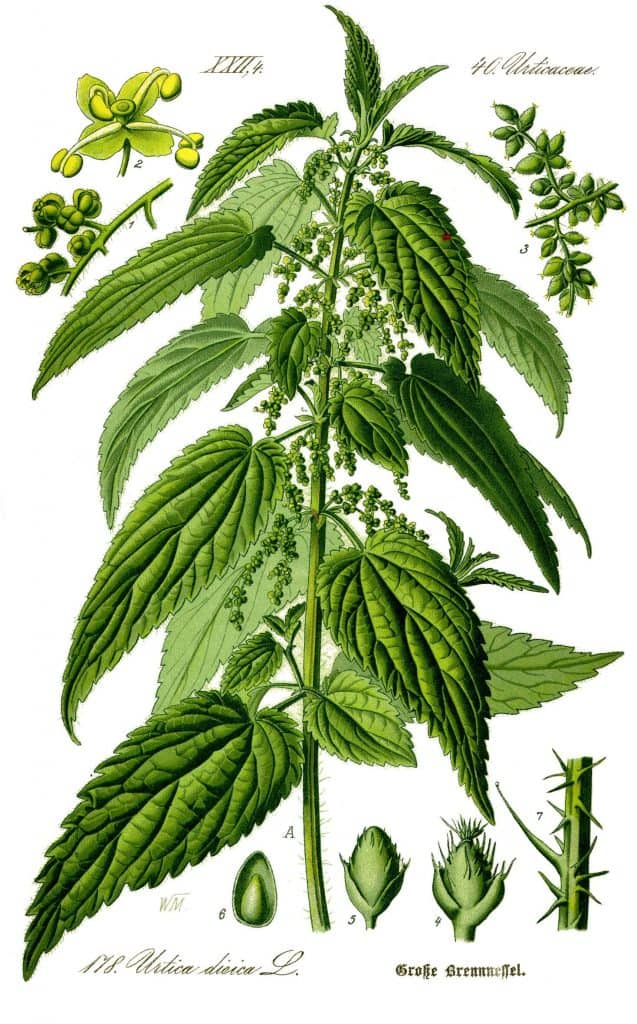 For this preparation, the stems and leaves of the nettle will be used, which will be buried inside a wooden box or peat that prevents them from being in direct contact with the earth.
For this preparation, the stems and leaves of the nettle will be used, which will be buried inside a wooden box or peat that prevents them from being in direct contact with the earth.
For the expected results to be obtained, it will be necessary to allow decomposition to take place for an entire year.
To learn more: How to prepare nettle slurry
Oak
Two main ingredients are needed in this preparation: pieces of the trunk of a not very old oak and the clean skull of a ruminant.
The process will be to crush the trunk and what is obtained will be placed in the skull that will be covered and buried in the autumn to make use of it during the spring.
Dandelion
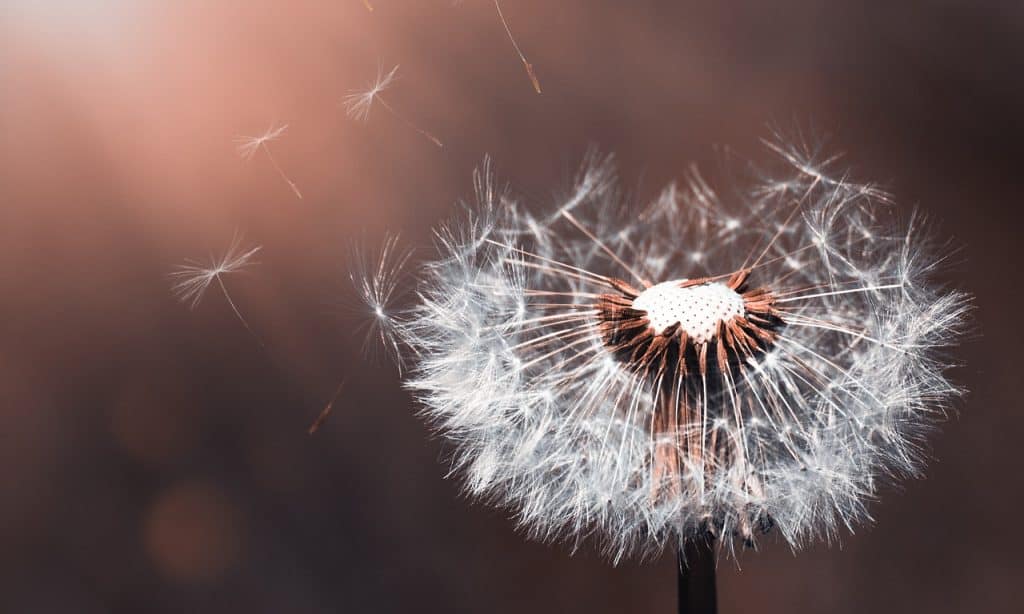 Here the dandelion flowers will be used, which must be picked at dawn, before they open their innermost petals.
Here the dandelion flowers will be used, which must be picked at dawn, before they open their innermost petals.
These flowers are moistened with a little infusion made from the same plant and wrapped in a piece of cow’s mesentery that will be buried until next spring.
Valerian
Its preparation is very simple and it is obtained by pressing the leaves of this plant to extract all its juice. This will be left to rest in uncovered bottles for 5 or 6 weeks.
To complete the work, the bottles will be covered and stored in a dark place, extracting what is necessary for each use.
Horse tail
 The last preparation is based on horsetail. This is obtained with an infusion made from its stems.
The last preparation is based on horsetail. This is obtained with an infusion made from its stems.
It is important to note that the harvesting of these stems should be done with enough sun and in the same way it will be applied to the ground since it is beneficial in summer, autumn and spring.
Organic fertilizer
This fertilizer stands out from the rest because it is obtained from the remains of animals, food remains orany other natural source.
Its manufacture can be done in a simple and homemade way, although for that it is necessary to have some time to obtain it.
It is in this sense that it can be thought that organic fertilizer can be obtained through different processes. Nevertheless,one of the methodswhich is simpler and safer is the following:
- Place a container that has a good bottom and open some holes in all areas for it to breathe.
- Place about 10 cm of soil.
- Next, all the organic waste that is in the house will be placed, such as vegetable shells, coffee or tea remains, some remains of green leaves, etc.
- These remains will be covered with a little more soil.
- It is important that the compound is stirred from the bottom up every two weeks, so that everything becomes homogeneous.
- It is normal for white worms to appear that will decompose organic matter.
- When it smells like damp earth and is noticeably dark enough, it’s ready to use.
Is biodynamic agriculture true or is it a fraud?
This is a true practice that has given very good results all over the world, so its application is becoming more and more common.
Reality also shows that population growth will increasingly affect the land in a worse way, a reason that makes it mandatory to use a more sustainable mechanism to work it, respecting its cycles.
For more information, we leave some links to scientific articles:
- Organic farming and its influence on rural prosperity: vision from an agrarian society (Murcia, Spain).
- Analysis of organic farming styles.
- Ecological agriculture: an alternative to sustainable development in the Mexican countryside.
- What is biodynamic agriculture?
- The concept of organic farming and its suitability for promoting sustainable rural development.
Advantages and disadvantages of biodynamic agriculture
Like all life processes, biodynamic agriculture also has certain positive and negative aspects.
Advantagewhich are summarized below:
- Care and maintenance of the land as an original source of food production.
- I respect all the elements involved in the process and not only the interest of man to obtain his food.
- Obtaining much healthier products that help people who consume them to have a better state of health.
- You can prevent increasing deforestation.
Disadvantages:
But it has also had its opposition, especially in the scientific field, where it has been emphasized that these procedures are not verifiable in any way.
The fact is that biodynamic agriculture seeks to promote a new method of planting and treating livestock whose main idea is to improve the properties of the food obtained, without neglecting the well-being of the land.
History of biodynamic agriculture
Biodynamic agriculture was the first type of modern organic agriculture.
Its development began in 1924 with a series of lectures on agriculture given by the philosopher Rudolf Steiner at Schloss Koberwitz in Silesia, Germany (now Kobierzyce in Poland).
These conferences, the first known presentation of organic agriculture, were held in response to a request from farmers who observed the degradation of soil conditions and the deterioration of the health and quality of crops and livestock as a result of the use of chemical fertilizers.
The 111 attendees, less than half of whom were farmers, came from six countries, mainly Germany and Poland. The lectures were published in November 1924; the first English translation appeared in 1928 under the title The Agriculture Course.
Steiner emphasized that the methods he proposed had to be tested experimentally. To do this, Steiner created a research group, the «Agricultural Experimental Circle of Anthroposophical Farmers and Gardeners of the General Anthroposophical Society.»
Between 1924 and 1939, this research group attracted some 800 members from around the world, including Europe, the Americas, and Australasia. Another group, the «Association for Anthroposophical Agricultural Research» (Versuchsring anthroposophischer Landwirte), led by the German agronomist Erhard Bartsch, was formed to test the effects of biodynamic methods on the life and health of the soil, plants and animals; the group published a monthly magazine, Demeter.
The Research Association was renamed the Imperial Association for Biodynamic Agriculture (Reichsverband für biologisch-dynamische Wirtschaftsweise) in 1933. It was dissolved by the National Socialist regime in 1941. In 1931 the association had 250 members in Germany, 109 in Switzerland, 104 in other countries Europeans and 24 outside Europe. The oldest biodynamic farms are Wurzerhof in Austria and Marienhöhe in Germany.
In 1938, Ehrenfried Pfeiffer’s text, Biodynamic Agriculture and Gardening, was published in five languages: English, Dutch, Italian, French, and German; it became the standard work in this field for several decades.
In July 1939, at the invitation of Walter James, 4th Baron Northbourne, Pfeiffer traveled to the UK and presented the Betteshanger Summer School and Lecture on Biodynamic Agriculture at Northbourne Farm in Kent.
The conference has been described as the «missing link» between biodynamic farming and organic farming, for, a year after Betteshanger, Northbourne published his manifesto on organic farming, Look to the Land, in which he coined the term » organic farming» and praised the methods of Rudolf Steiner.
In the 1950s, Hans Mueller was encouraged by Steiner’s work to create the organic-biological farming method in Switzerland, which later became Europe’s largest certifier of organic products, Bioland.

![Photo of Weeds: [Characteristics, Types, Elimination and Damage]](https://www.complete-gardening.com/wp-content/uploads/2022/08/weeds-characteristics-types-elimination-and-damage-390x220.jpg)
![Photo of Carnivorous Plants: [Complete Guide + How to Plant Them + Images]](https://www.complete-gardening.com/wp-content/uploads/2022/08/carnivorous-plants-complete-guide-how-to-plant-them-images-390x220.jpg)
